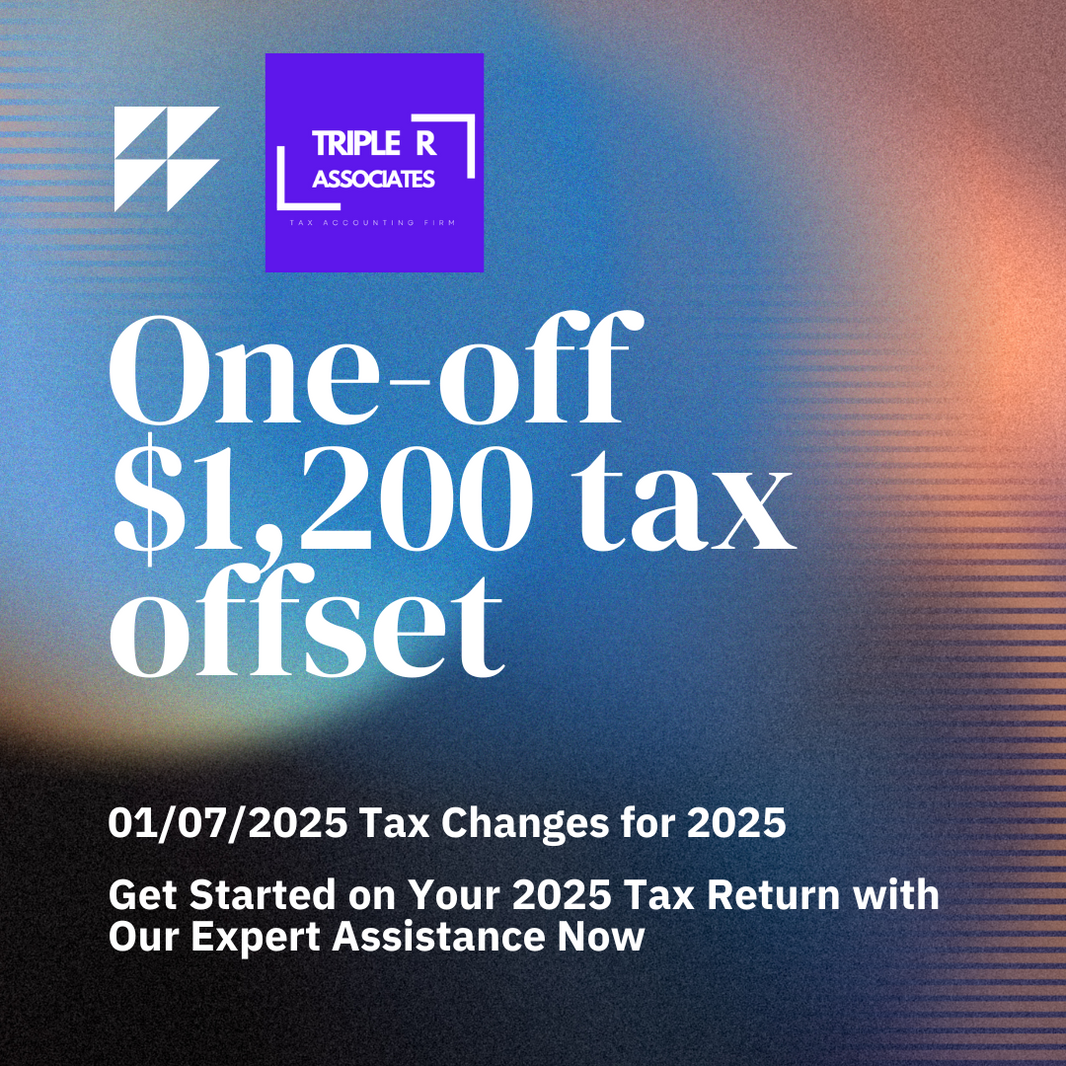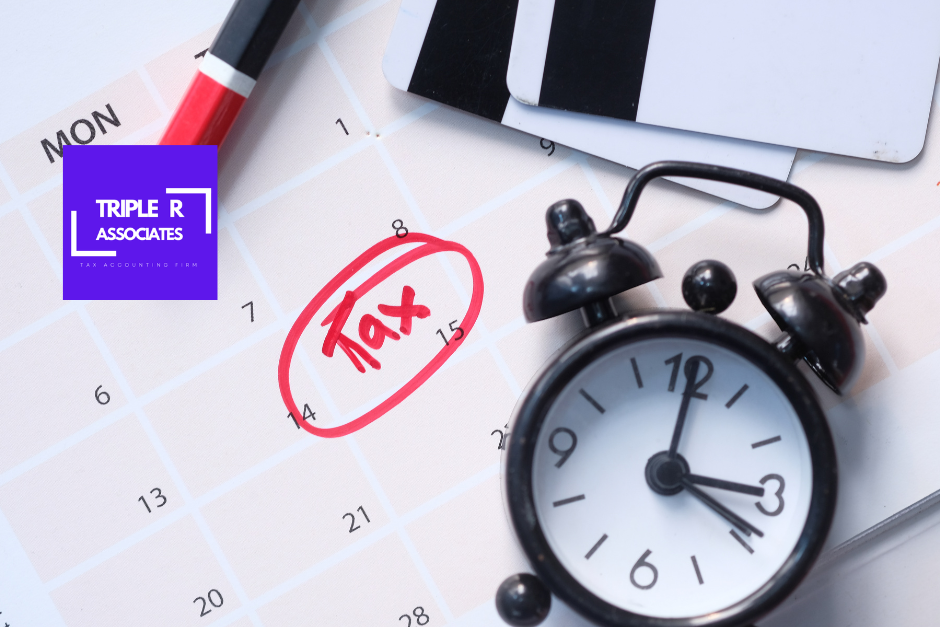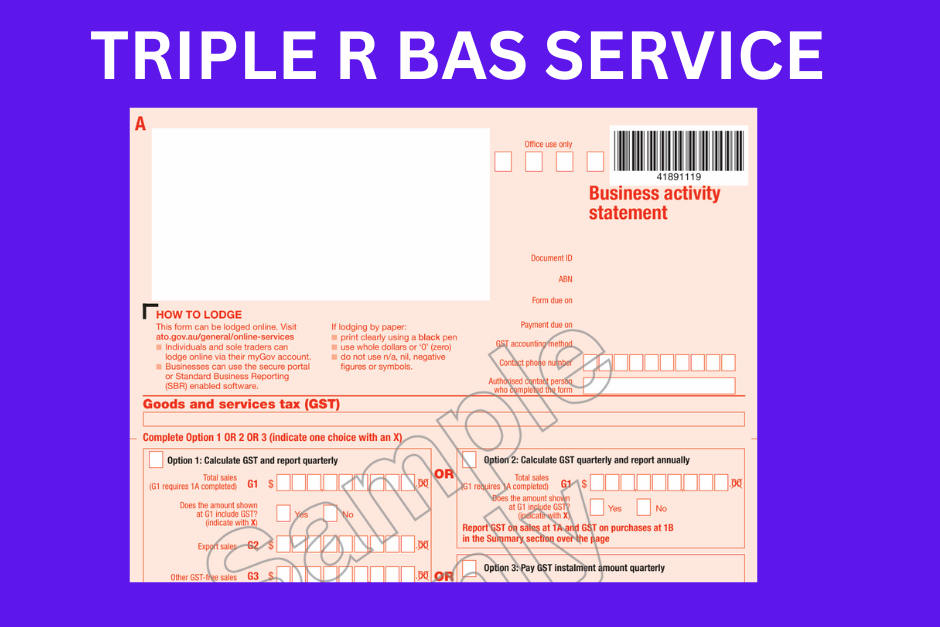Fringe Benefits Tax (FBT) is a tax applied to most non-cash benefits that an employer provides to their employees in addition to their salary or wages. These benefits are typically provided to employees as part of their compensation package and can include items such as company cars, entertainment, or discounted loans. The tax is designed to ensure that these non-cash benefits are taxed in a similar manner to regular income.
Key Aspects of Fringe Benefits Tax
Who Pays the Tax?
FBT is generally paid by the employer, not the employee. Employers are responsible for calculating the taxable value of the benefits provided and paying the tax to the government. This means that while employees receive the benefit, they do not directly incur the tax liability.
Types of Fringe Benefits
Common types of fringe benefits that may be subject to FBT include:
Company Cars: When employers provide a vehicle for both business and private use.
Entertainment: Expenses related to recreational activities or events for employees.
Loans: Low or interest-free loans provided to employees.
Housing: Accommodation provided to employees either at no cost or at a reduced rate.
Calculating Fringe Benefits Tax
The taxable value of a fringe benefit is determined by specific valuation rules set out by tax authorities. The FBT rate is generally higher than the standard income tax rates to ensure that benefits are taxed in line with cash salary equivalents.
Reporting and Compliance
Employers must keep accurate records of all fringe benefits provided and report them to the tax authorities. This usually involves an annual return where the employer declares the total value of the fringe benefits and pays the corresponding FBT.
Benefits of Offering Fringe Benefits
Despite the tax implications, offering fringe benefits can be advantageous for both employers and employees. For employers, they can be a tool for attracting and retaining talent, while employees enjoy additional perks that enhance their compensation package.
In summary, Fringe Benefits Tax is a vital component of tax regulation for employers who provide non-cash benefits to their employees. Understanding how it works and ensuring proper compliance can help businesses efficiently manage their tax obligations while offering competitive employee benefits.
Example 1: FBT on a gym membership
Jenni runs a small consulting firm. She provides her employee, Anton, with a gym membership that costs $1,100 (including $100 GST).
This is a fringe benefit. Jenni works out the FBT as follows:
Taxable value of the benefit ($1,100)
× the gross-up rate (for a GST-inclusive fringe benefit the rate is 2.0802)
× the FBT rate (47%)
= FBT of $1,075.46.
Jenni must prepare and lodge an annual FBT return, and pay her FBT liability.
She may also need to calculate and report Anton's reportable fringe benefits amount in his end-of-year payment information.
As the gym membership is subject to FBT, Jenni can claim:
an income tax deduction and GST credit for the cost of the gym membership
an income tax deduction for the FBT paid.
Example 2: calculating how much FBT you have to pay
MantCo has 2 employees, Marta and Anthony. Using steps 1–7 above, MantCo calculates its FBT liability as follows.
MantCo works out the taxable value of the fringe benefits it provided to its employees:
- A car fringe benefit for Marta with a taxable value of $7,700, including GST.
- A car fringe benefit for Anthony with a taxable value of $6,600, including GST.
- School fees for Anthony's daughter with a taxable value of $6,000. The school fees are GST-free.
- Restaurant meals for both Marta and Anthony, with a taxable value of $2,200, including GST. Meals are not reportable benefits, so MantCo does not need to allocate the taxable value of the meals to the individual employees.
The total taxable value of the fringe benefits that included GST is:
- $7,700 (car) + $6,600 (car) + $2,200 (meals) = $16,500.
- $16,500 × 2.0802 = $34,323 (rounded to the nearest dollar).
- $6,000 (school fees).
- $6,000 × 1.8868 = $11,321 (rounded to the nearest dollar).
- $34,323 + $11,321 = $45,644
- $45,644 × 47% = $21,452.68.








